Fatigue management to be elevated in wake of ongoing MRH-90 Taipan crash Inquiry
The inquiry into the helicopter crash that killed four Defence personnel in 2023 has triggered a new approach to Australia’s largest bilateral military exercise.
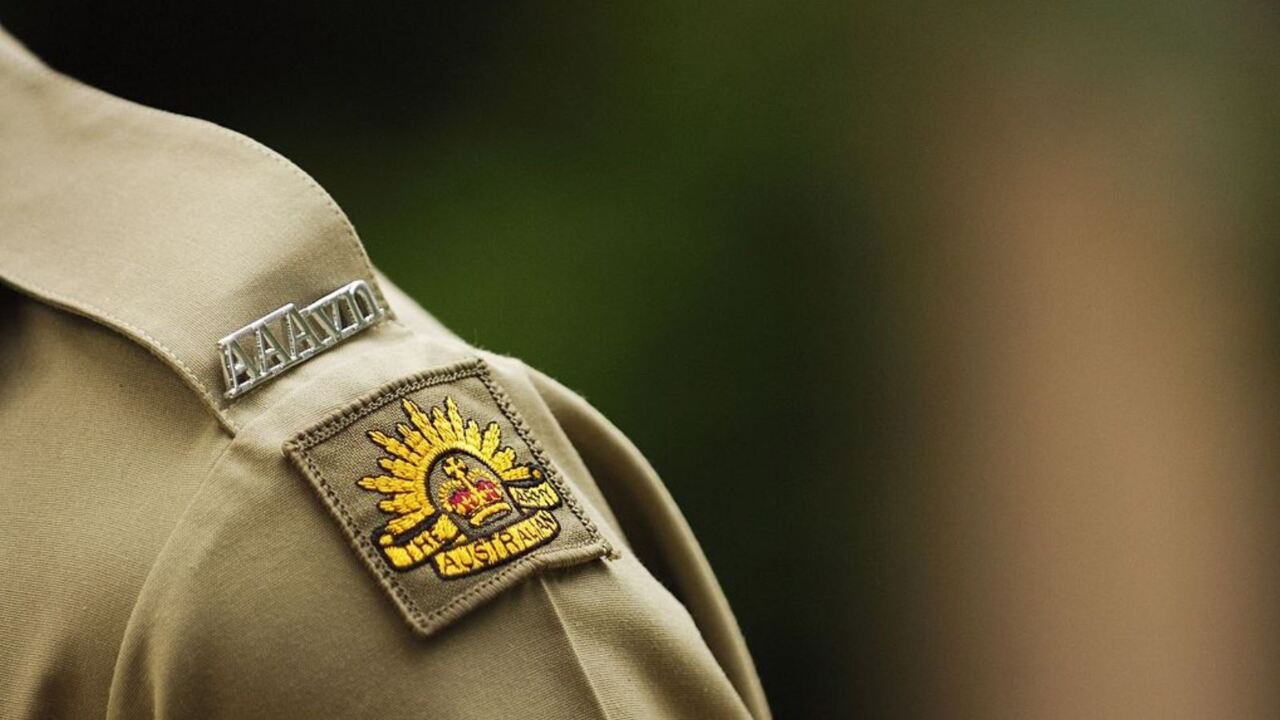
QLD News
Don't miss out on the headlines from QLD News. Followed categories will be added to My News.
Fatigue management will be prioritised at Australia’s largest bilateral military exercise this year following an inquiry into a fatal military helicopter crash in 2023.
More than 30,000 military personnel from 23 nations are expected to take part in the 11th iteration of Exercise Talisman Sabre, scheduled to be held throughout Queensland, parts of Australia and – for the first time – Papua New Guinea, from July 13 to August 4.
Talisman Sabre is the Australian Defence Force’s largest bilateral, biennial combined training exercise with the US military, which has grown in recent years to involve several other countries.
During Talisman Sabre’s 10th iteration, Captain Danniel “Diesel” Lyon, Lieutenant Maxwell Nugent, 25, Warrant Officer Class Two Joseph “Phillip” Laycock, 43, and Corporal Alexander Naggs, 32, died when their Australian Army MRH-90 Taipan helicopter plunged into the ocean near Lindeman Island in the Whitsundays off the Queensland coast on July 28, 2023.
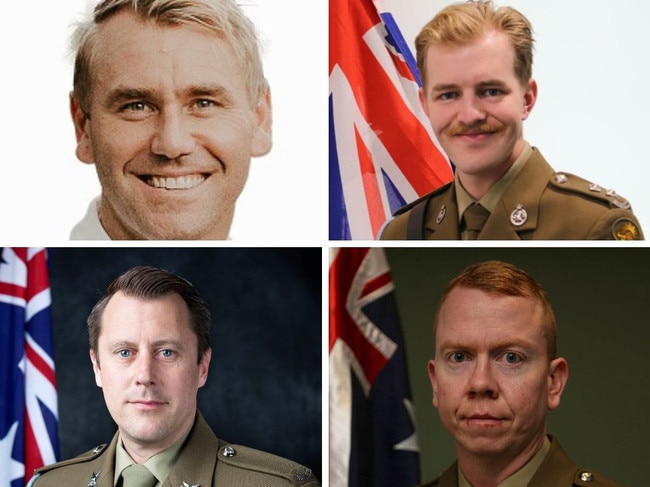
An Inspector-General Australian Defence Force public inquiry into the crash, which acts independently of the ADF, commenced in February 2024.
The second week of the ninth round of hearings resumes today in front of former judge Margaret McMurdo AC at the Brisbane Convention and Exhibition Centre.
In 2024, the Inquiry heard from witnesses that there was a general “culture of burn out and fatigue” throughout the ADF, but the fatigue among some personnel reached “critical” levels during Talisman Sabre 2023 (TS23).
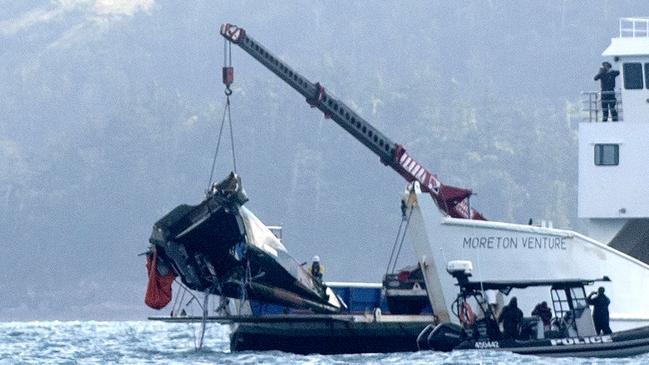
Talisman Sabre 2025 Exercise Director, Brigadier Damian Hill, 50, said, while fatigue awareness and management had always been part of the safety planning for military exercises – including during TS23 – it had been “elevated” as a priority this year as a result of evidence presented at the inquiry in 2024.
“During every Talisman Sabre we have a specific safety focus,” he said.
“This year (the planning) has very much been about fatigue … and not just for the aviators.
“Everyone gets fatigued and fatigue management is everyone’s responsibility.
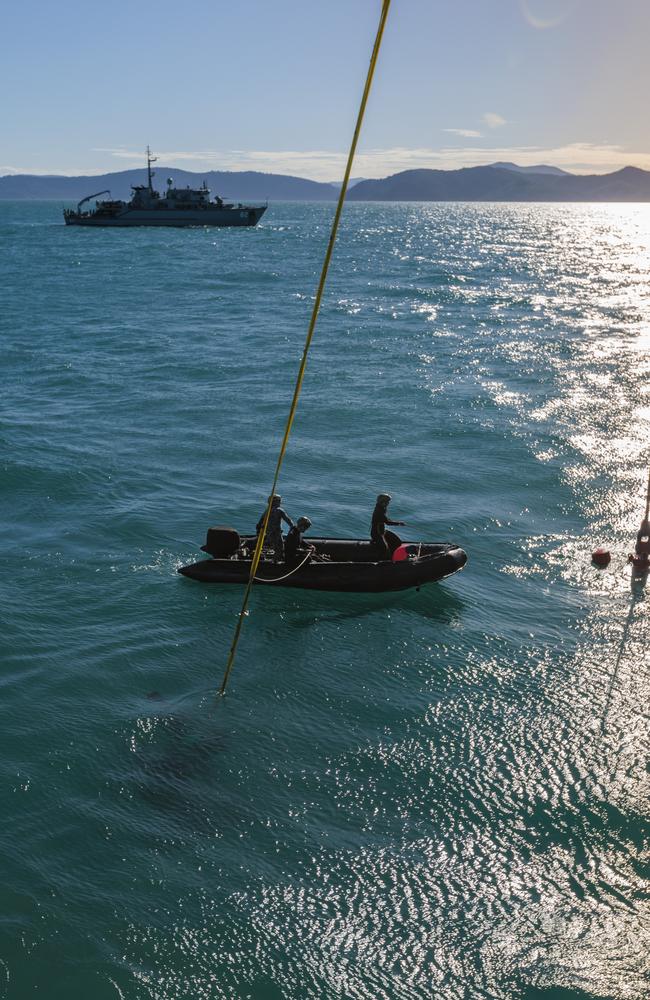
“So it’s the key focus to us this year.
“It’s somewhat related to the feedback and investigations to the MRH-90 (crash) but there (are) other accidents and minor injuries that occur through any exercise.”
Brigadier Hill – who was also the TS23 exercise director – said driving was the greatest fatigue risk during such a large training activity, particularly on long stretches of road like the Bruce Highway.
“The greatest risk to Talisman Sabre is driving on Australian roads,” he said.
During Exercise Talisman Sabre 2023, most of the safety focus was “based on driving and making sure everyone was driving safely”, he said, particularly after an oversized truck carting a US Abrams tank was involved in a fiery seven vehicle crash on the Bruce Highway, near Rockhampton on July 19.
The Bruce Highway near Bajool was closed for 21 hours as a result of the wreckage.
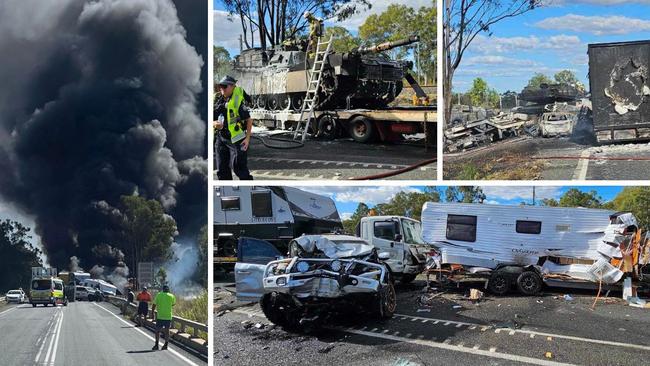
Brigadier Hill said throughout Talisman Sabre 2025 both Australians and foreign military personnel alike would be made aware of a combination of factors when driving, including that more motorists are on the road in the middle of the year and that the notorious Bruce Highway was narrow.
“It’s the middle of the year. There are school holidays, there’s also a lot of grey nomads on the road,” he said.
“People driving those tanks and low loaders (will be asked to be) conscious of people driving the Bruce Highway.
“They may be doing it for the first time and it’s up to us to explain to our people and those from the other nation’s that it’s a small highway.”
FATIGUE MANAGEMENT AT TALISMAN SABRE 2025
The Canberra-based officer said the focus on fatigue management will be issued across all activities during TS25, not just for motorists or aviators.
“I’ve emphasised fatigue management which is a risk to safety and risk to the exercise,” he said.
“Safety is everyone’s responsibility, it doesn’t matter whether you are sitting in front of a computer, or driving a tank, ship or aircraft.
“Everyone has an obligation to ensure all activities on the exercise are conducted safely.”
Commanding officers of all participating nations will also be required to provide an assurance letter confirming their personnel have been briefed on the exercise’s rules and relevant safety policies and practices, including how to manage fatigue.

“(It assures that) … everyone has been briefed on how to manage fatigue, how to look after our mates and identify the signs of fatigue,” Brigadier Hill said.
“It’s something we do anyway as part of our normal routine for the exercise but we’re reinforcing it.”
Brigadier Hill – who has participated in the majority of Talisman Sabres since its inception in 2005 – said a military training exercise “takes a lot of energy.”
“Fatigue is part of military life,” he said.
“(But) we’re here to get training and to learn from others.
“It’s difficult to learn and train if you’re fatigued.
“The culture of the past is different from the culture of the future, and present,” he said.
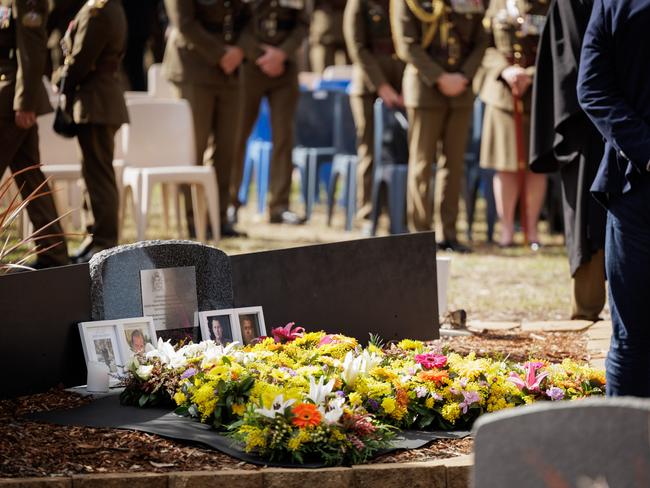
In 2024, the Inquiry heard evidence the four men killed in the MRH-90 Taipan crash during TS23 – all from the Australian Army Aviation’s 6th Aviation Regiment based at Sydney’s Holsworthy Army barracks – were likely suffering from “hazardous fatigue.”
The Inquiry also heard that, generally speaking, a lot of the onus was on aircrews themselves to “put their hand up and identify if they feel fatigued.”
An expert in aviation medicine told the Inquiry he had analysed the men’s sleep patterns in the days prior to the tragedy and estimated the men were so sleep-deprived the possibility of fatigue contributing to the crash was “highly likely.”
During TS23, the men were in the third of four MRH-90 Taipan helicopters flying through heavy rain at night during a training mission to pick up special operations personnel.
CAUSE OF 2023 MRH-90 TAIPAN CRASH
While the cause of the fatal crash has not yet been determined, the ongoing Inquiry has also explored the possibilities that poor weather conditions, pilot disorientation and instrument difficulties could have contributed.
In addition, the Inquiry has heard the MRH-90 Taipan fleet had repeated issues prior to the fatal Talisman Sabre 2023 tragedy.
Separate to the Inquiry, the Defence Flight Safety Bureau (DFSB) announced in a written statement on April 3 that an Aviation Safety Investigation Report into the 2023 MRH-90 Taipan crash had been finalised but that it would not be publicly released until later this month.
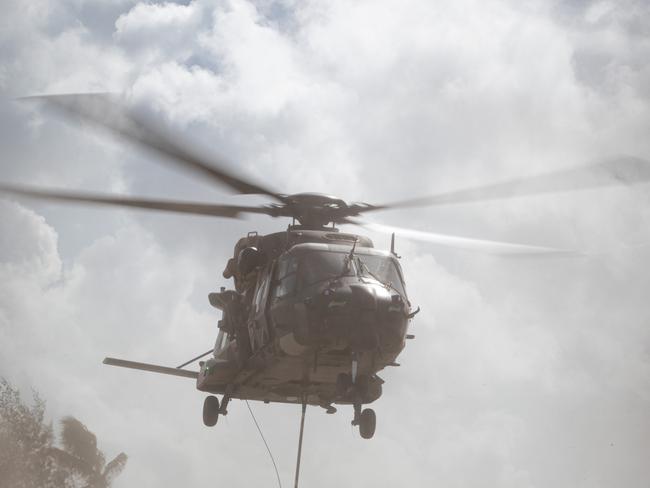
“This aviation safety investigation was one of the most complex conducted by Defence in recent history,’ the statement read.
“Aviation safety investigations do not seek to apportion blame or liability on individuals or organisations.
“The investigation analysed causal and contributory factors spanning individual/crew actions, local conditions, risk controls and organisational influences in order to make recommendations for safety improvement and prevent re-occurrence of similar events.”
The release said the report also “identifies a number of findings and recommendations across the Defence Aviation Safety Program.”
The ADF retired its MRH-90 fleet in December 2023 in the wake of the tragedy.
Support Services
If Australian Defence Force personnel, veterans or family members are in need of support, they are advised to contact the 24-hour Defence Member and Family Helpline on 1800624608.
Open Arms – Veterans and Families Counselling also provides free and confidential counselling and support for current and former serving ADF members and their families. Contact them 24 hours a day on 1800011046 or visit the Open Arms website
Originally published as Fatigue management to be elevated in wake of ongoing MRH-90 Taipan crash Inquiry


